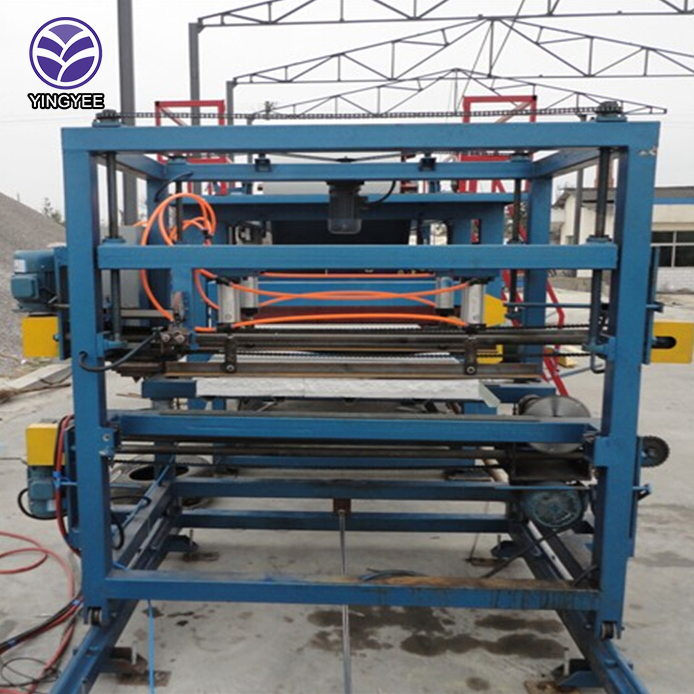
The Steel Cable Tray Making Roll Forming Machine A Vital Innovation in Modern Manufacturing
In the rapidly advancing world of industrial manufacturing, efficiency and precision are paramount. One notable advancement that has significantly enhanced production capabilities is the steel cable tray making roll forming machine. This machine represents a crucial innovation in the fabrication of cable trays, which are essential components used in electrical systems to support insulated electrical cables in various settings.
The Importance of Cable Trays
Cable trays are integral in organizing and protecting electrical wiring in commercial, industrial, and residential buildings. They provide a systematic way to manage cables, preventing wear and tear while also facilitating maintenance and modifications. Proper cable management is not only crucial for safety but also contributes to the efficiency of electrical installations. Steel cable trays are favored for their durability, strength, and ability to withstand harsh conditions, making them an ideal choice for various applications.
The Role of Roll Forming Machines
Roll forming is a continuous bending operation in which a long strip of metal, such as steel, is passed through a series of rollers that progressively shape the material into the desired profile. This process is highly efficient and allows for the production of complex shapes with precision and consistency. The steel cable tray making roll forming machine automates this process, significantly reducing manual labor while increasing production speed.
These machines are designed to handle various specifications and can produce cable trays of different sizes and shapes to meet the demands of diverse applications. The automation involved in roll forming allows for higher output rates compared to traditional methods, making it a preferred choice for manufacturers aiming to scale up their operations.
Features of Modern Roll Forming Machines
Modern steel cable tray making roll forming machines are equipped with advanced features that enhance their functionality and efficiency. Some of these features include
1. Automated Controls The incorporation of PLC (Programmable Logic Controller) systems allows for precise control over the forming process. Operators can program the machine to produce various tray sizes with minimal downtime.

3. Energy Efficiency Many contemporary roll forming machines are designed to consume less power while maintaining high performance levels. This not only helps in reducing operational costs but also contributes to sustainability goals.
4. Flexible Design Capabilities Manufacturers can customize the machine settings to produce a range of tray designs, including perforated and non-perforated styles, catering to specific industry requirements.
5. Quality Control Systems Integrated quality monitoring systems allow for real-time inspections, ensuring that the final products meet the required standards. This minimizes waste and rework, further enhancing operational efficiency.
The Benefits of Using Roll Forming Machines
The adoption of steel cable tray making roll forming machines offers several advantages
- Cost Efficiency The high-speed production capabilities reduce labor costs and lead to lower production expenses overall.
- Improved Quality The precise engineering of roll formed products leads to a consistent and high-quality output, which is critical in electrical installations where reliability is essential.
- Reduced Material Waste The roll forming process generates less scrap material compared to traditional cutting methods, thus optimizing resource use.
- Customizable Solutions Manufacturers can quickly adapt their production lines to cater to changing market demands, making it easier to introduce new products.
Conclusion
In conclusion, the steel cable tray making roll forming machine is a vital component of modern manufacturing that brings efficiency, precision, and scalability to the production of cable trays. As industries continue to evolve and demand for high-quality electrical installations grows, the roll forming machine will undoubtedly play a significant role in shaping the future of electrical infrastructure. By embracing this technology, manufacturers can enhance their competitive edge, ensuring they meet the ever-increasing demands of the market while maintaining high standards of quality and efficiency.